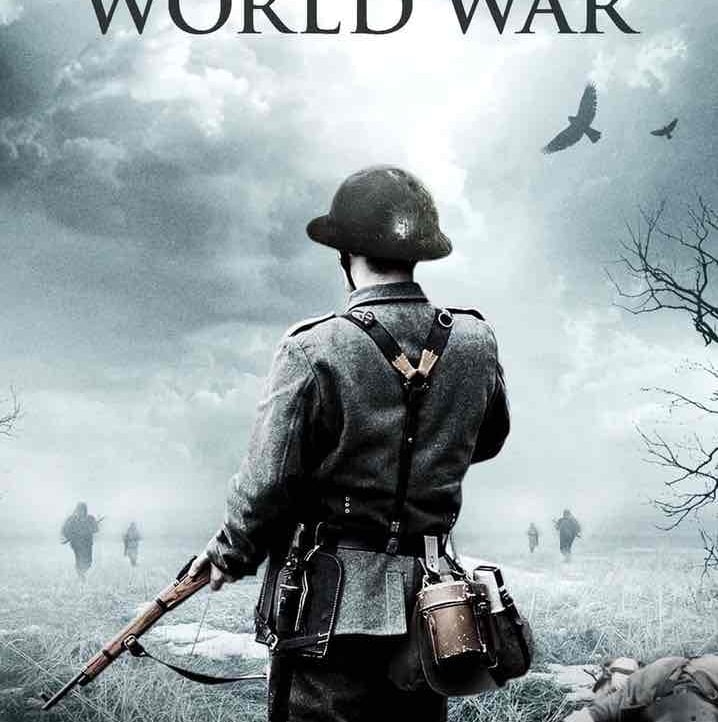
1914
@1914
234 Following
33 Followers
23 replies
51 recasts
357 reactions
15 replies
43 recasts
202 reactions
12 replies
41 recasts
193 reactions
World War I, also known as the Great War, started in 1914 after the assassination of Archduke Franz Ferdinand of Austria. His murder catapulted into a war across Europe that lasted until 1918. During the four-year conflict, Germany, Austria-Hungary, Bulgaria and the Ottoman Empire (the Central Powers) fought against Great Britain, France, Russia, Italy, Romania, Canada, Japan and the United States (the Allied Powers). Thanks to new military technologies and the horrors of trench warfare, World War I saw unprecedented levels of carnage and destruction. By the time the war was over and the Allied Powers had won, more than 16 million people—soldiers and civilians alike—were dead. 0 reply
0 recast
0 reaction
World War I, also known as the Great War, started in 1914 after the assassination of Archduke Franz Ferdinand of Austria. His murder catapulted into a war across Europe that lasted until 1918. During the four-year conflict, Germany, Austria-Hungary, Bulgaria and the Ottoman Empire (the Central Powers) fought against Great Britain, France, Russia, Italy, Romania, Canada, Japan and the United States (the Allied Powers). Thanks to new military technologies and the horrors of trench warfare, World War I saw unprecedented levels of carnage and destruction. By the time the war was over and the Allied Powers had won, more than 16 million people—soldiers and civilians alike—were dead. 0 reply
0 recast
0 reaction
0 reply
1 recast
2 reactions
1 reply
7 recasts
6 reactions
0 reply
8 recasts
7 reactions
When the hydrogen fuel for the fusion reaction runs out, the star turns to helium for a fuel source, burning it into an even heavier mix of carbon, nitrogen and oxygen. Eventually, the helium will also be exhausted, and the star dies, puffing off its outer gaseous layers and leaving behind the tiny, hot, dense core, called a white dwarf. The white dwarf is about the size of Earth, but has a mass very close to that of the original star; in fact, a teaspoon of a white dwarf would weigh as much as a few elephants!
The glow from planetary nebulae is particularly intriguing as it appears surprisingly similar across a broad swath of the spectrum, from ultraviolet to infrared. The Helix remains recognizable at any of these wavelengths, but the combination shown here highlights some subtle differences. 0 reply
8 recasts
7 reactions
1 reply
8 recasts
8 reactions
1 reply
9 recasts
9 reactions
0 reply
9 recasts
8 reactions
1 reply
9 recasts
9 reactions
1 reply
2 recasts
3 reactions
0 reply
4 recasts
4 reactions
0 reply
4 recasts
4 reactions
0 reply
3 recasts
6 reactions
0 reply
4 recasts
7 reactions
0 reply
7 recasts
8 reactions
0 reply
4 recasts
6 reactions